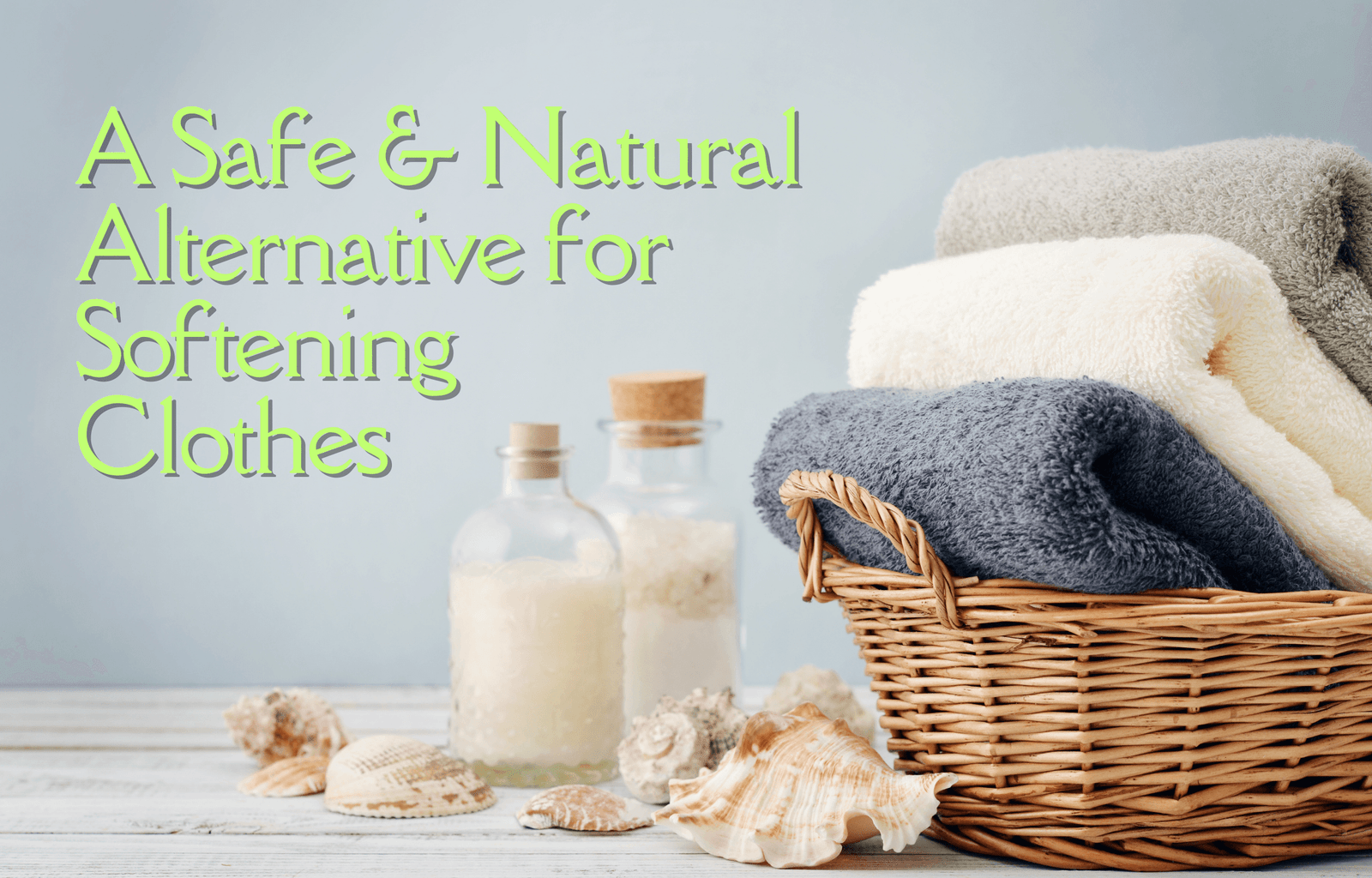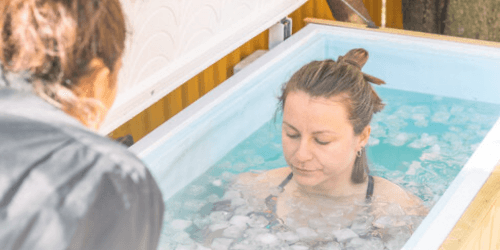For thousands of years, they have been the foundation of health treatments, providing a natural way to address diseases and promote well-being. However, with the emergence of allopathic medicine and synthetic drugs in the 19th century, this practice lost prominence. In recent years, though, the demand for natural and herbal treatments has grown again, driven by several factors. Among these are the search for safer alternatives with fewer side effects and the increasing awareness of the importance of more holistic approaches to health care.
Recent studies have demonstrated the efficacy of many bioactive compounds found in medicinal plants, particularly in the treatment of chronic conditions and the promotion of balanced health. In fact, the World Health Organization (WHO) estimates that about 80% of the global population still uses medicinal plants as part of primary health care. In Brazil, the use of herbal remedies is widespread, and some of these practices have already been integrated into the public health system through the National Policy on Integrative and Complementary Practices (PNPIC), strengthening the connection between traditional medicine and modern science.
In this article, we will explore in detail the different forms of preparations of medicinal plants — tinctures, teas, essential oils, shots, and dry extracts — highlighting the main differences between them, their therapeutic purposes, and how each can be used to effectively promote health.
What Are Tinctures?
Tinctures are highly concentrated liquid preparations made from the maceration of plants in alcohol or another solvent, such as glycerin or vinegar, for a period that can range from a few weeks to months. This process extracts the bioactive compounds from the plants, making tinctures a potent means of consuming herbal substances.
Purpose: Tinctures are primarily used to treat specific health issues, such as insomnia, pain, anxiety, and digestive disorders. They allow bioactive compounds to be easily absorbed by the body.
Method of Consumption: They are administered in small drops, diluted in water, or taken directly under the tongue.
Benefits: Being highly concentrated, they offer more potent doses and have a long shelf life.
Example: Valerian tincture to improve sleep.
Tea: A Traditional Method of Consumption
Teas are one of the oldest and most popular forms of consuming medicinal plants. They are prepared by infusing leaves, flowers, or roots in hot water. Depending on the type of plant, the infusion can last between 5 to 15 minutes to maximize the extraction of bioactive compounds.
Purpose: Used to promote overall well-being, relieve mild symptoms such as stomach pain or insomnia, and for preventive purposes.
Method of Consumption: Consumed hot or cold, tea provides a gentle way to introduce the benefits of plants to the body.
Benefits: It is an easy method to prepare and include in the daily routine, and many plants are rich in antioxidants and other beneficial compounds.
Example: Chamomile tea for relaxation and anxiety relief.
Shot: Small Doses, Big Impact
A shot is a concentrated dose of fresh ingredients, often consumed in a single gulp. Ginger, turmeric, or lemon shots, for example, are popular for their quick effects, such as boosting immunity or energy.
Purpose: Used for rapid benefits, such as boosting energy, improving digestion, or promoting immunity.
Method of Consumption: Taken in small doses, usually in one gulp, for immediate effects.
Benefits: Easy to prepare and consume, with quick results due to the high concentration of nutrients.
Example: Ginger shot to boost the immune system.
Essential Oils: Aromatic Power
Essential oils are highly concentrated extracts obtained mainly through steam distillation of various parts of plants, such as leaves, flowers, or peels. They are volatile and aromatic compounds that should be used with caution due to their high concentration.
Purpose: Mainly used in aromatherapy and topical treatments, they can relieve pain, improve mood, and even promote relaxation.
Method of Consumption: Should not be ingested without dilution and medical guidance. They are used in diffusers, massages, or baths.
Benefits: Oils such as lavender or eucalyptus have calming, anti-inflammatory properties and can be used to alleviate symptoms of stress or colds.
Example: Eucalyptus essential oil to relieve nasal congestion.
Dry Extract: Maximum Concentration in Powder Form
Dry extract is produced by evaporating the solvent from a liquid solution of extracted compounds from the plant, resulting in a highly concentrated powder. This powder can be encapsulated or added to foods and beverages.
Purpose: Used in supplements to provide standardized doses of herbal compounds. Very effective for long-term treatments.
Method of Consumption: Typically found in capsules or powder form, it can be added to juices, smoothies, or taken in capsules.
Benefits: High stability, easy storage, and precise dosing of active compounds.
Example: Dry turmeric extract used as a natural anti-inflammatory.
Conclusion
Although tinctures, teas, shots, essential oils, and dry extracts share a common origin — medicinal plants — their preparation methods and uses vary significantly. Each method has its advantages and disadvantages, being indicated for different therapeutic purposes. The choice among them depends on individual needs, treatment goals, and preferred methods of consumption.
References
- Kennedy, D. O., & Wightman, E. L. (2011). Herbal extracts and phytochemicals: Plant secondary metabolites and the enhancement of human brain function. Advances in Nutrition, 2(1), 32-50. https://doi.org/10.3945/an.110.000117
- Perry, N., & Perry, E. (2006). Aromatherapy in the management of psychiatric disorders: Clinical and neuropharmacological perspectives. CNS Drugs, 20(4), 257-280. https://doi.org/10.2165/00023210-200620040-00003
- McKay, D. L., & Blumberg, J. B. (2006). A review of the bioactivity and potential health benefits of chamomile tea (Matricaria recutita L.). Phytotherapy Research, 20(7), 519-530. https://doi.org/10.1002/ptr.1900









